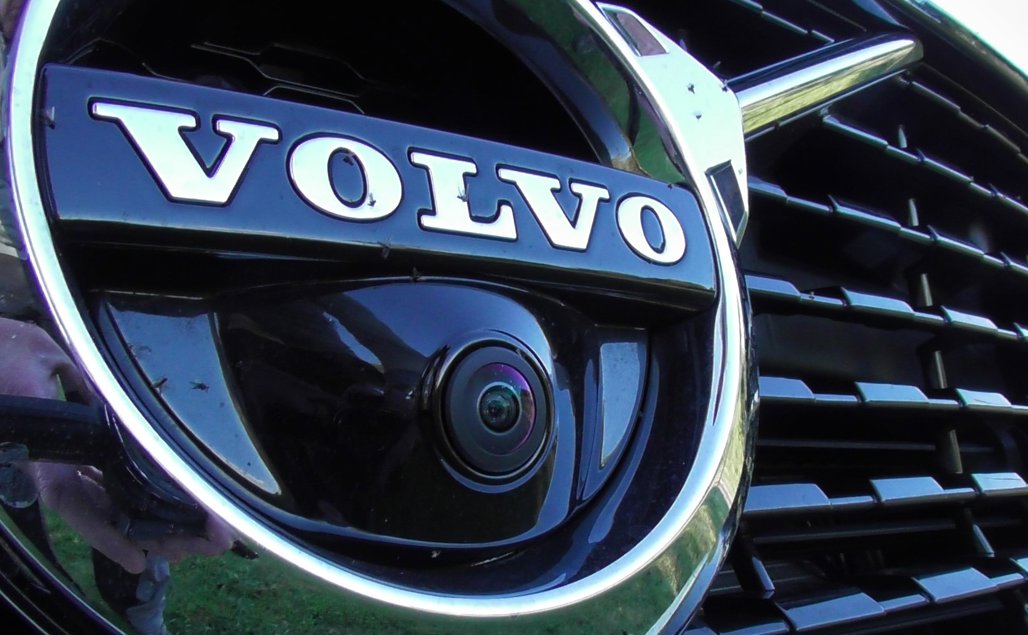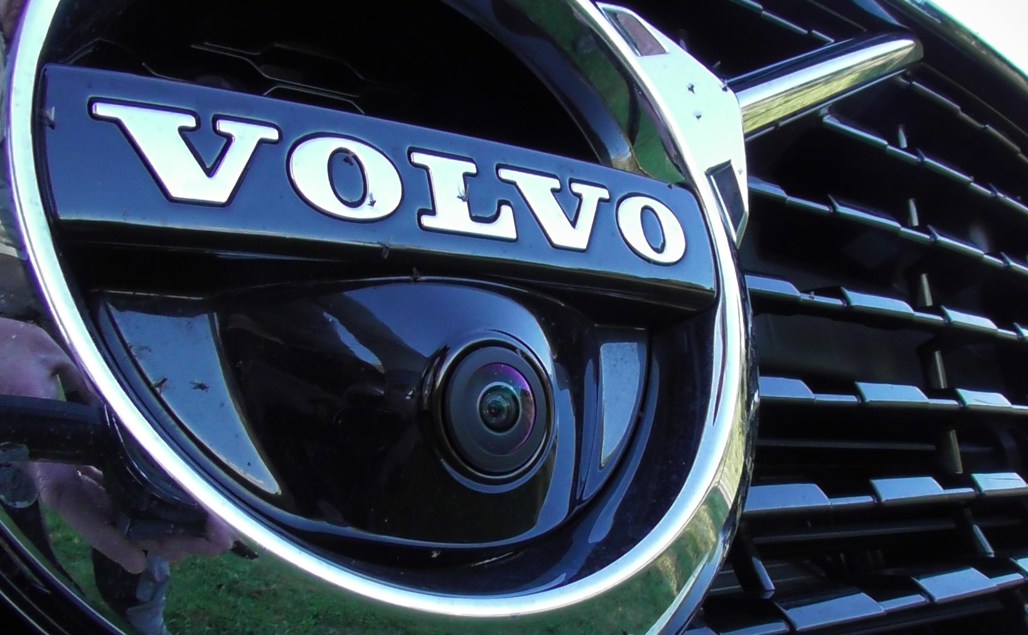The New Zealand Automobile Association has been around for over a century, and our members have owned models from a wide range of manufacturers over the years.
Most of these companies have evolved their emblems in that time, and some of the most famous brands hold intriguing stories surrounding the origin of their badge.
A badge is the ethos of the brand of the car. It can represent anything from trust and reliability, to luxury and innovation. But do you know the meaning behind the badge on the car you’re driving?
Land Rover
Famed for its luxury off-road vehicles, Land Rover has a relatively basic emblem but the rumoured story behind it is remarkable.
Legend is that the man designing the badge was eating his lunch on the drawing board, and the rectangular stain left behind by his pilchard tin became the starting point of the recognisable design.
The original emblem had a complete Z going through the words Land and Rover, which is meant to represent the company’s motto “above and beyond”. The corners of the Z still remain. .
Mazda
Mazda has had no less than six badge designs in its 99-year history. The most recent debuted in 1997, displaying the letter M if you consider the entire oval shape.
According to Mazda, the V shape inside the oval is meant to represent flexible thinking, creativity, vitality, kindness and resilience. The wing-like V is also meant to symbolise Mazda’s ability to “soar to new heights”.
Subaru
The word Subaru translates to “unite” in Japanese and it’s also the name of a group of seven stars called Pleiades or Seven Sisters, found in the Taurus constellation. Six of these stars are visible to the naked eye, hence just the six stars found on Subaru’s emblem. They’re named after the daughters of Atlas and Pleione, who are famous figures in Greek mythology.
Toyota
Toyota started off under the name Toyoda, making textiles and hand looms. After the company transitioned into the automobile industry in the 30s, a public competition to design a new badge led to the eventual name change, and Toyota went on to become one of the biggest, most recognisable car brands around the world.
Like the company, the emblem has seen big changes over the years. The current badge was introduced in 1989.
Designed to be simplistic and symmetrical so it would look the same when viewed through a mirror, the Toyota badge consists of three ovals, two of which lie within the other. The two overlapping ovals form a T, and they’re meant to represent the heart of the company and the heart of the customer. Toyota says this represents trust and a mutually beneficial relationship.
Volvo
Swedish manufacturer Volvo’s badge depicts the “male” gender symbol, which is also the logo for Mars — the Roman God of War. Interestingly, Roman weapons were made out of iron, and the logo also represents the chemical symbol for iron. Sweden’s economy relied heavily upon iron around about the time of Volvo’s founding. The logo has remained, with slight variations, for Volvo’s entire 92-year history.
The AA
Before 1991 when the NZ Automobile Association formed, there were 17 district automobile associations and members would proudly display their district AA badge on the front of their vehicle.
Some of the oldest AA badges were used with the permission of the Royal Automobile Club and contained Mercury — a Roman god regarded as the protector of travellers — as well as wings.

